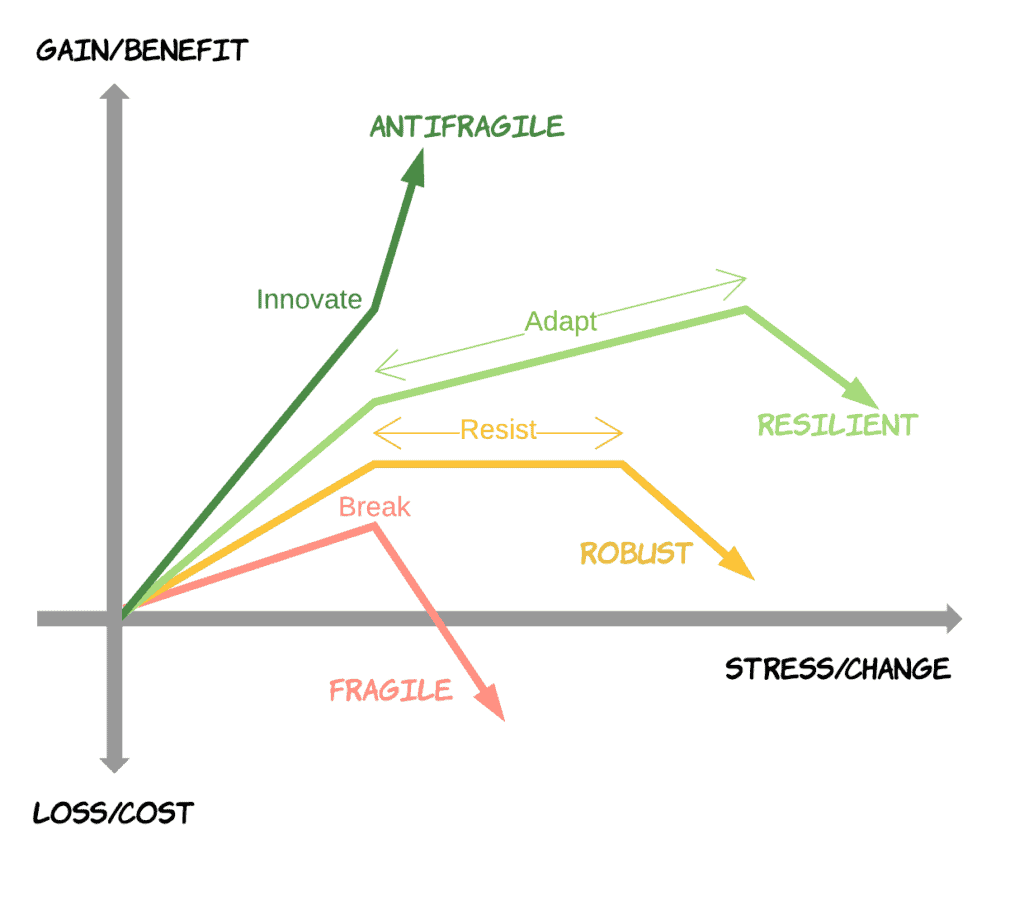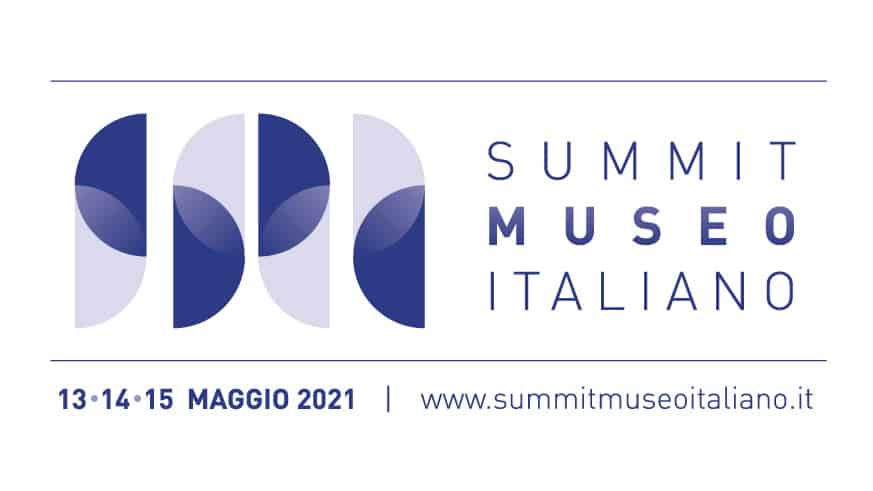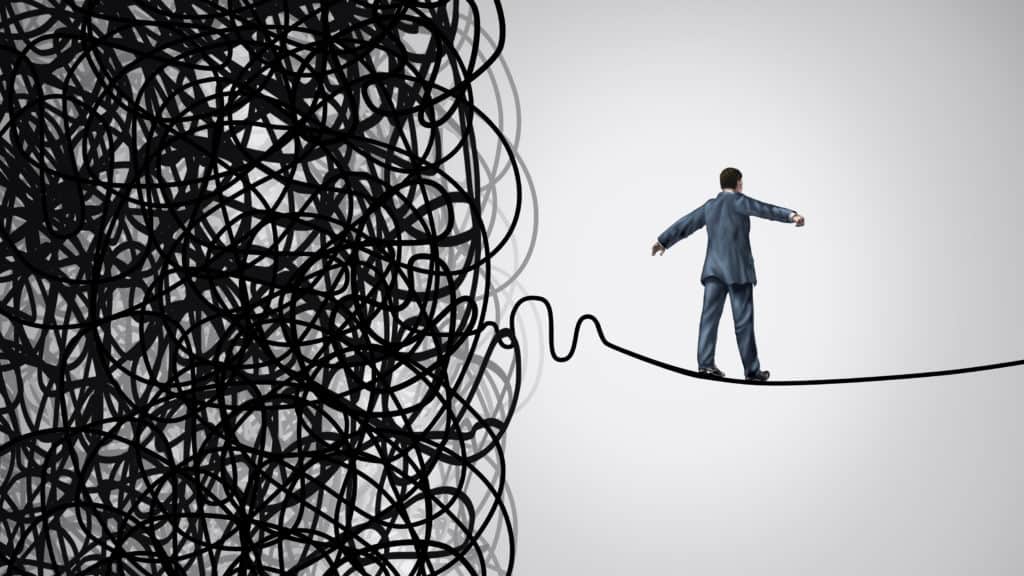One year after the outbreak of the pandemic, it is time for the world of culture to make some decisions
Covid unleashed an unprecedented crisis that damaged everything.
However, what people still do not understand is that the changes that have resulted from this event are here to stay, even in the cultural sector.
The sooner we can realize this, the better.
PLEASE NOTE: This article touches on issues that may even strike your sensibilities, but if you are a Director, public administrator or cultural professional, I ask you to take the time to look into it.
A ticking time bomb
Beyond creating irreparable damage to the tourism industry for years to come, Covid-19 has highlighted the enormous limitations of many museums, amplifying and putting pre-existing ones under the magnifying glass:
- Business model based solely on site visit;
- Poor attention to the education phase before arrival at the museum;
- No sort of medium- to long-term retention.
Simply put, the coronavirus set off a time bomb that the system was sitting on unknowingly.
What happened should have accelerated the awareness of cultural institutions that they were in the midst of a process of profound change in the whole society.
However, if at first these realities, stimulated by the need to evolve in order to survive have managed to reinvent themselves, in recent months complicit with further closures and lack of planning by the world of politics, they are now hopeless and resigned to living hand to mouth.
The need for a new value
Certain realities take advantage of shocks, thrive and grow when subject to change.
And I am not talking about the concept of resilience, which many times is misquoted: this in fact can be defined as the quality in returning the same without changing, coping positively with traumatic events, of positively reorganizing one’s life in the face of difficulties without alienating one’s identity.
What I want to tell you about is another value and it was theorized by Nassim Nicholas Taleb in the book “Antifragile.”
To understand the concept of antifragility we must start with its opposite, fragility: a fragile system is continuously exposed to risks that can damage or even destroy it.
To protect a fragile system, behaviors or modifications are usually put in place to make it more robust, thus implementing a concept of resistance and resilience.
But robustness and resilience carry within them a major limitation: breakage.
A resilient or resistant system is still the same as its fragile version, only it has “something extra” aimed at raising the level of its breaking point.

An antifragile system, on the other hand, undergoes the traumatic event, makes it its own, and uses it to improve.
That is why the real opposite of the concept of fragility, is not resilience butantifragility:
the characteristic of a system to change and improve in the face of external stressors in order not to protect itself but to adapt and innovate.
Caleb asserts that the realities that truly survive in the present world have within them the extraordinary gift of being antifragile.
Evolution is not based on protecting organisms, that is, making them stronger or more resilient. It is based on change; new organisms are stronger than their predecessors.
Similarly, an antifragile system that embraces the unexpected, uncertainty, positively assumes the risk.
This characteristic is precisely inherent in all systems that have survived.
And that is what you must aspire to with your institution.
Making a museum thrive
One of the greatest transformations in the history of this sector is underway, but most institutions are still unclear about the scope of this revolution that will inevitably touch them.
“Protected” by a system brought in to control and regulate an “academic” standard in the way things are done, many realities have found themselves rethinking their entire visitor acquisition system by exploiting the potential of digital channels for the first time.
Some, on the other hand, have been able to adapt, to disrupt their museum model, programming, a certain way of doing things.
What you too can do is to help your institution come out of the current crisis: you have to put yourself out there, step into the current moment we are living in.
How to deepen this kind of approach? By participating in the new edition of the Italian Museum Summit.

The three-day event will consist of the three key themes at this particular time in history: management, marketing and innovation.
As I have often called them, they are the three cogs that any institution should start turning to revitalize itself.
What do you need to do now? Read reviews from those who attended last July and become part of the event that featured more than 30 speakers and hosted nearly 900 industry players.

